“Most people think landscape is just planting,” says James Corner, lead designer behind New York’s High Line park, with an admirable lack of annoyance. The reality is, of course, decidedly more esoteric, and, as he puts it, largely undervalued. His discipline requires a type of design intelligence that often struggles to overcome high levels of inertia and complex bureaucracy.
While dramatic vistas and, yes, beautiful vegetation get immediate attention, Corner sees a balance of both the very large and very small as essential. With so many people weighing in on public works, this can also be a distinct challenge. “It comes down to the craft of the smallest parts: the water fountain, the bench and how you sit, what kind of view and what level of comfort you have, the spacing between three plants that are put into special combination for their effect.”
Such careful planning is not reserved exclusively for benches and plantings. Visitors are cast in a sort of impromptu performance piece as they make their way along the paths, the arrangement of the elements behaving as an unseen director. “People sunbathing over here and people having a coffee under the trellis and people sitting on these steps are put into a sort of relationship,” Corner says. “It encourages and instigates new forms of social interaction. That works at this scale, and it works all the way down to the scale of the bench.
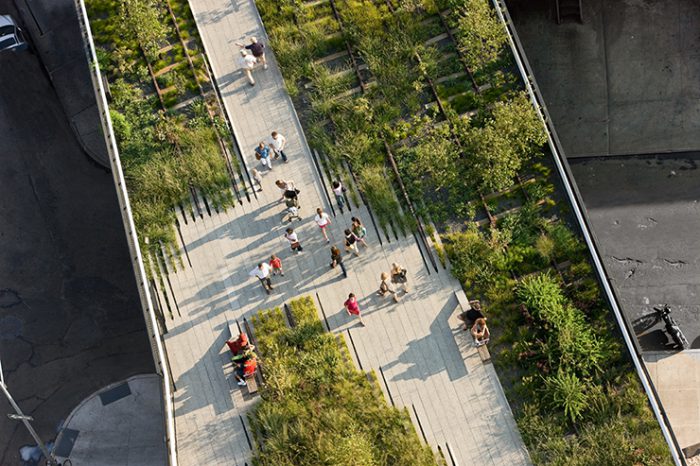 The High Line in New York. Photo by Iwan Baan
The High Line in New York. Photo by Iwan Baan
“The benches on the High Line don’t all have backs,” he continues. “They’re long and skinny, which allows you to flock them and put three or four together in a loose arrangement. The ones with backs are purposefully oriented towards the view, so you sit back and look out. Then there’s a piece that sticks out at the end that doesn’t have a back at all, but allows you to sit looking up along the High Line.”
How the artist brings together the watcher and the watched, the observer and the observed, the voyeur and the exhibitionist is what creates the dramatic tension. In landscape terms, it’s known as prospect and refuge. Prospect is when you go on a hilltop to enjoy the view and take it all in. Refuge is when you’re between the hedges. “Issues of voyeurism and exhibitionism play in landscape tradition, in terms of how gardens and parks have been conceived,” says Corner, who likens landscape to cinematography. “It isn’t only about moving from view to view to view. It’s really about an alternation of being in refuge and being in prospect.”
 A rendering of the Presidio Parklands
A rendering of the Presidio Parklands
For Santa Monica’s Tongva Park, Corner’s transformation of a former parking lot into a community center was about improving movement, connection and circulation. Included among the lush rolling hills, meadows and gardens is a series of pavilions, intended to provide the park with—as he puts it—“a bit of an address.” “In the spirit of theatricalizing life, the pavilions provide a great view out to the ocean, but people also use them to propose and get married in.” Corner’s work on London’s Queen Elizabeth Olympic Park meant visualizing the area beyond the games, and creating spaces that are less about the scenery and more about activities, including barbecue, picnic and play amenities.
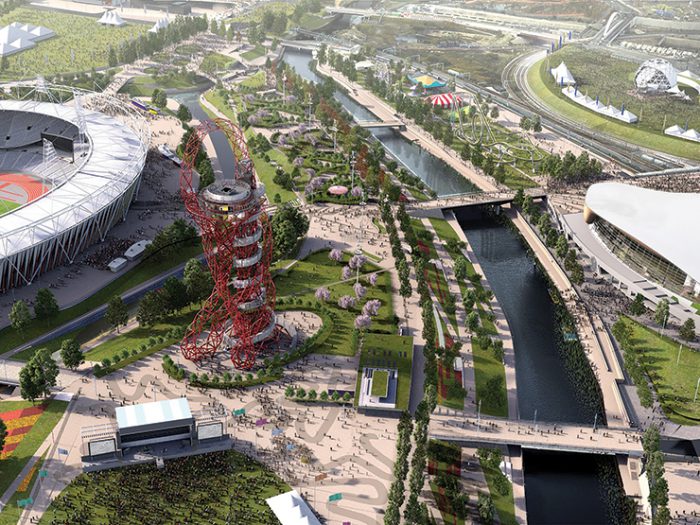 London’s South Park Hub was transformed into the Queen Elizabeth Olympic Park.
London’s South Park Hub was transformed into the Queen Elizabeth Olympic Park.
Presidio Parklands, a project underway in San Francisco, unifies two large pieces of parkland that were previously disconnected, and will boast—no surprise—extraordinary views of the Bay Area. For Corner, the effort is also about allowing underserved groups in the city to feel like this is for them: “In addition to keeping the views and vistas open, we’re providing a variety of spaces that make sense for diverse constituent groups.” A type of piazza called the Zócalo features moveable tables and chairs, informal paving and overscaled furniture.
So why are so many public parks so bland and without any real sense of place, offering little but a series of checkmarks—bike lane, view, benches? The culprit, says Corner, is one of complacency, a sort of autocratic design by formula that works on some basic level and is therefore repeated over and over again. “It allows places to work at a certain temperature, but it doesn’t really allow them to simmer,” he says. “If you want places to simmer, you have to latch onto things that are already there that just need unleashing, and need to be brought out.”
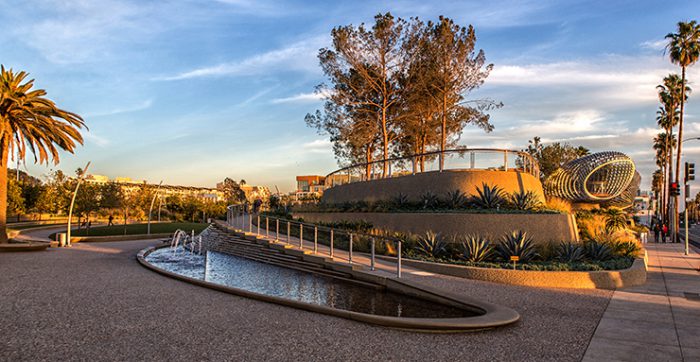 Tongva Park in Southern California. Photograph by Joakim Lloyd Raboff
Tongva Park in Southern California. Photograph by Joakim Lloyd Raboff


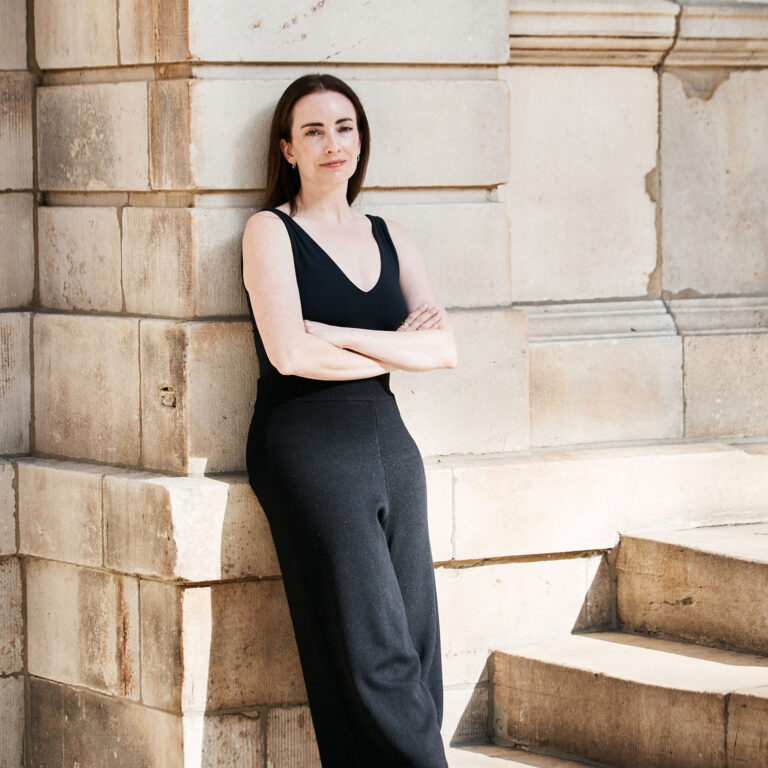


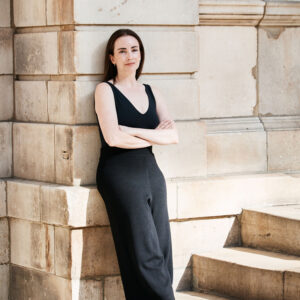




 in your life?
in your life?

